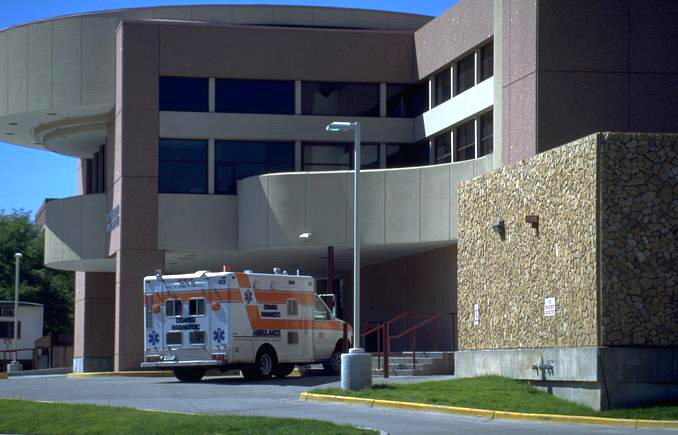WEDNESDAY, June 22, 2016 (HealthDay News) — Women who survive cardiac arrest are less likely than men to get aggressive, lifesaving care at the hospital, researchers report.
“Although we have made a lot of improvement in treating patients with cardiac arrest over the last decade, there is room for improvement, especially in women,” said lead researcher Dr. Luke Kim, an assistant professor of medicine at Weill Cornell Medical College, in New York City.
Cardiac arrest occurs when the heart stops beating. In 2014, more than 350,000 people in the United States suffered cardiac arrests and only 12 percent survived, Kim noted.
In his study, women treated for cardiac arrest were 25 percent less likely to have an angiography, which is imaging to look for blocked heart arteries. Women were also 29 percent less likely to undergo angioplasty, a technique to open blocked arteries, the study found.
Moreover, women were 19 percent less likely to be treated with hypothermia to lower body temperature, which increases the odds of survival without brain damage, the researchers added.
The reasons for the disparity in care are not clear, Kim said, but “we are not as aggressively treating women as men.”
Women tend to do worse than men after cardiac arrest, Kim said. So, it’s possible that doctors don’t think some of these procedures are worthwhile in women, he said.
Kim said the public can help by learning about cardiac arrest and how to give “hands-only CPR.”
And treatment for cardiac arrest is improving as doctors are learning to treat women as aggressively as men, he noted. “The gap is still there, but it’s closing,” Kim said.
The report was published online June 22 in the Journal of the American Heart Association.
For the study, Kim and his colleagues collected data on cardiac arrests from more than 1,000 hospitals across the United States. Over 10 years, death rates from cardiac arrest dropped for both men and women, but were still higher for women.
Of those treated in hospitals for cardiac arrest, 64 percent of women died, compared with 61 percent of men, the researchers found.
Using a national database that tracks hospital discharges, the study team analyzed more than 1.4 million cases of cardiac arrest patients who reached the hospital alive. From 2003 through 2012, cardiac arrests increased 14 percent.
Women in the study were older than men and less likely to have been diagnosed with heart disease. They were also more likely to have other conditions, such as high blood pressure or obesity. They were also more likely to have a cardiac arrest caused by problems other than a blocked blood vessel, such as a clot in the lung, researchers found.
Dr. Suzanne Steinbaum, director of Women’s Heart Health at Lenox Hill Hospital, in New York City, said, “We are seeing another area where health disparities still exist for women.”
She is concerned that women with cardiac arrest are less likely to receive the most lifesaving procedure, which is an angiogram. “Why that’s the case is not clear,” Steinbaum said.
“We need a paradigm shift,” she said. “There has to be an understanding that women need to be treated as aggressively as men when it comes to heart issues.”
More information
Visit the American Heart Association for more on cardiac arrest.
Copyright © 2025 HealthDay. All rights reserved.

